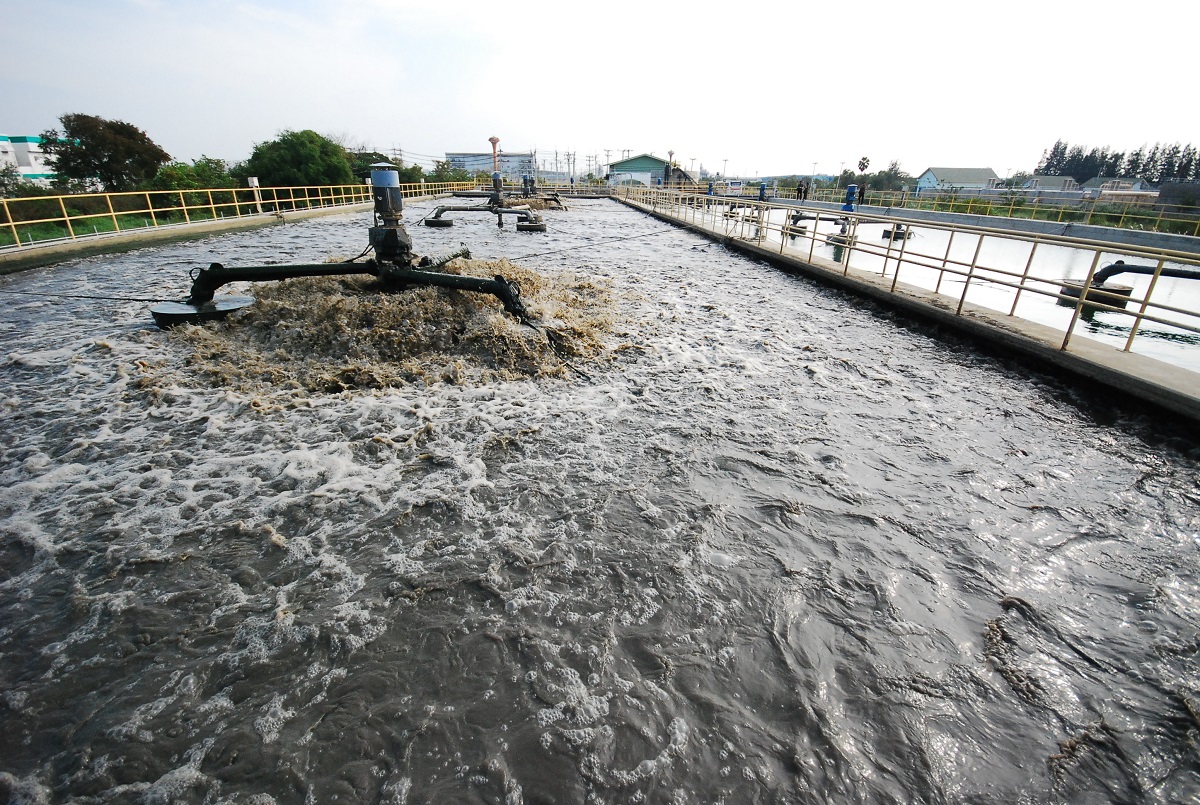When it comes to construction, most homes are designed in resisting water or filtering out water through the use of gutters and drainage systems. While floodwater might seem like a mild annoyance for a lot of homeowners, there’s a reason why most homes are designed around flood-proofing and water damage: it can quickly accumulate in hard-to-reach areas. If water does pool, this could easily chip away at the overall “health” of your home’s foundations, especially if it’s made out of wood or metal.
However, floodwater isn’t just something that can whittle down the structural integrity of your home: it can also make most people sick. Thousands of individuals get sick from just being exposed to floodwaters.
As such, we’ll be taking a comprehensive look into why it’s important to flood-proof your home and what are some diseases that can be transmitted directly through flooding and other environmental factors.
Flood-related Illnesses and Diseases
According to the World Health Organization, two types of diseases can be contracted by flooding:
Water-borne diseases
The first type of disease is directly the result of flooding. Most of the time, floodings are associated with an increased risk of infections, especially if there is a significant number of individuals who are displaced, or certain sources of water are compromised. In certain studies done by the WHO, most outbreaks are associated with population displacements. Major risks for outbreaks are usually associated with contaminated facilities that house a supply of drinking water. Still, the risk of outbreaks can be lowered. These types of diseases will usually come in the form of diarrhoeal diseases, typhoid, and leptospirosis.
Vector-borne diseases
Flooding can often increase the likelihood of vector habitats from forming. Water that does pond and seeps towards hard-to-reach areas can become prime sites for breeding for mosquitoes. Mosquitoes and other types of parasites and pests are often linked with diseases such as dengue, malaria, and West Nile fever. Most experts would say that this type of disease can be easily prevented since it has a 6 – 8 week lag time. Most of the time, outbreaks are caused by the lifestyle of humans within the area, such as population density, living outdoors, and authorities refusing to address the disease.
So what are some flood-related illnesses and diseases? What are some of the causes? Here’s what you’ll need to know.
Dengue
This disease is known for being one that can easily spread through certain strands of mosquito bites. There are four strains of dengue, and most will vary in severity. Symptoms include fever, nausea, red spots, rashes, vomiting, and severe organ failure are just some of the worse symptoms.
Leptospirosis
Although there are only a few hundred cases in the United States, the threat of leptospirosis is not unheard of. This disease is quite common among tropical countries that are prone to flooding and diseases. Normally, this is transmitted through urine and pests, such as rats. When it floods, waste and infected sewage can get mixed in with the water, which can cause infections.
Cholera
This diarrhoeal disease is usually caused by ingesting a certain type of bacteria. This will usually cause watery stools, which can often lead to dehydration and death in more extreme circumstances. Usually, this is transmitted through contaminated food and water sources.
Hepatitis
Certain types of hepatitis are known for being transmitted through food and water sources. These might have been contaminated with fecal matter that includes the Hepatovirus A. This can lead to diarrhea, nausea, fever, hazy dark-colored urine, and jaundice. This can normally be prevented by waste management, food safety, and immunizing individuals from a particular strain.
Preventive Measures
But there’s more to floodings than just having to gear your home to being flood-proof. What can we do to stop flooding at home? The best course of action is to prevent flooding instead of having to address problems and issues when they do happen. This can be done through numerous different approaches. Here’s what you can do:
Effective Waste Management

Plastic waste and other types of trash can easily clog drainage systems, which can be one of the main reasons for flooding. Fortunately, there are SWPPP consulting services that can help ensure that storm drainage systems are clear. As to what we have discussed in the previous section, stormwater is usually comprised of different types of sewage materials and microbes, which can cause all kinds of infectious diseases. These professionals will be able to help discern and control sources of pollution through effective management practices.
Flood-proofing Your Home
There are several ways of flood-proofing your home. Installing an effective gutter and drainage system can help filter and divert water flow towards the appropriate areas. Other times, homeowners will specifically design their basemen and walls to withstand a good amount of pressure from flooding.
But one of the most effective ways of preventing flooding is situating your home in an elevated position. Floodwater will usually pond in the lowest area possible, so placing it in a place that’s far from flood-prone areas can effectively prevent flooding.
Even though floodwaters can be detrimental to our health, there are several ways of preventing flooding and health complications. Still, safety precautions and measures should always be the priority, especially if there is a storm forecast. Preparation and prevention measures are better than having to spend thousands on hospital bills or repairing storm damages to your home.




